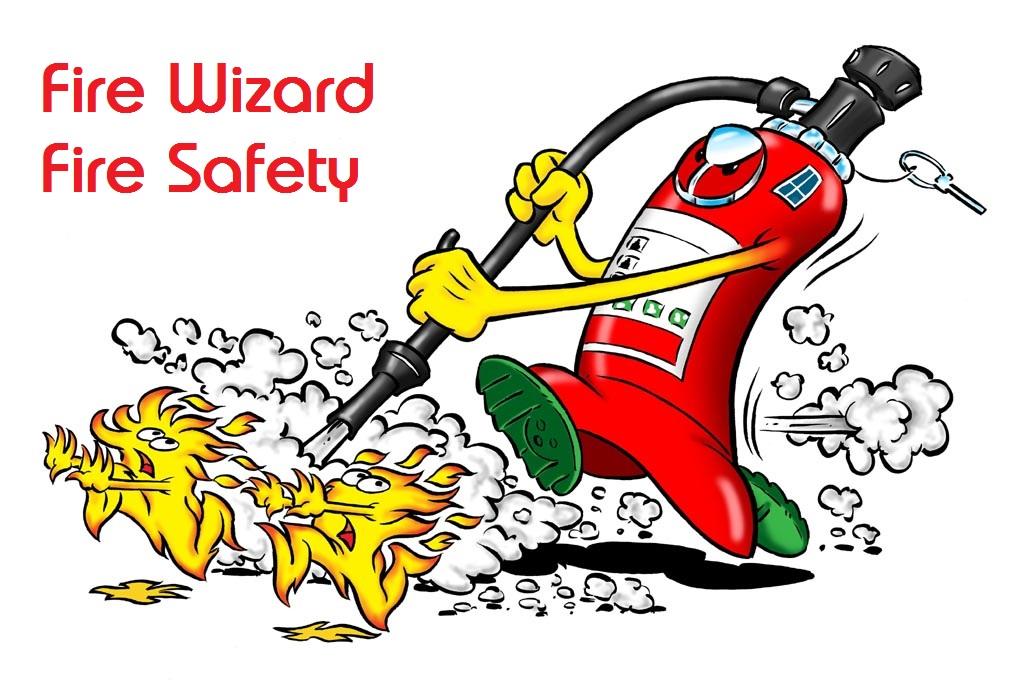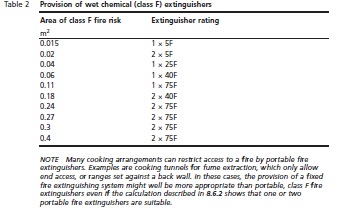-
Posts
2,573 -
Joined
-
Last visited
Everything posted by AnthonyB
-
For a converted house all the information you need is here: http://www.cieh.org/policy/fire_safety_existing_housing.html
-
These are your guides: https://www.gov.uk/government/publications/fire-safety-risk-assessment-sleeping-accommodation Except in the smallest B&Bs you need proper FD30S fire doors to the rooms. Sleeping accommodation above pubs is a high priority for fire and rescue services and they will not hesitate to take enforcement action if standards are mot met. You may also have implications under Building Regulations if you are worsening the original standards of door fitted or a carrying out any form of "Building Work"
-

Fire door seperation between domestic flats
AnthonyB replied to a topic in Fire Doors and Accessories
I'd need to see it for a definitive opinion, but it doesn't sound satisfactory. Sounds like conditions may be contrary to the Housing Act 2004 - you should contact the housing officers in the Environmental Health Department to assess the flats under the The Housing Health and Safety Rating System -
Generally yes, it's not a new requirement and has been around since the 1960's
-
If they are escape routes then in a word - no.
-
In theory yes, as long as the stair is suitably protected from a fire in the building.
-
You would need to be aware of the risks from tripping and a slightly narrower exit, but if evacuation is staff led then it is a manageable system - after all it doesn't require a key or code to release.
-
Minimum legal requirement is a manual fire alarm system, which they have, but appear to have neglected to maintain in breach of article 17 of the Fire Safety Order. The red light would usually indicate the call point has been activated - somewhere there should be a control panel which will probably be in 'fire' but silenced. Get your existing system serviced and back up to full order then carry out a fire risk assessment to determine (amongst other things) if a fire could develop unnoticed & prejudice the escape of anyone. It may be that you need no detectors or only a couple - you wouldn't normally need detection everywhere for life safety in this type of building (even though an alarm installer may try and convince you otherwise!) I can't be specific without seeing the site.
-

What extinguisher to use in freezing temperatures?
AnthonyB replied to a topic in Fire Extinguishers
It depends on manufacturer - usually antifreeze has the most effect on a Class B rating and in some cases reduces a 6 litre foam down to 113B, but you need to check this from brand to brand. Note that many manufacturers don't carry out rating tests on units with antifreeze (not a big enough demand to satisfy the costs of testing) so you have no guarantee of efficacy.- 4 replies
-
- foam extinguisher
- cold storage
-
(and 1 more)
Tagged with:
-
Not necessarily in purpose built flats - despite recent events the below guidance has (for the meantime) been confirmed as still valid by the Government: https://www.local.gov.uk/fire-safety-purpose-built-flats
-
The Fire Service will offer useful advice, but are not the enforcement agency - if they reveal that there is an undue risk to you then you should (if the fire service don't automatically refer it under a Memorandum of Understanding for fire safety enforcement in residential premises) contact the Local Authority Environmental Health Officer who can inspect and enforce under the Housing Act 2004.
-
Invite your local fire safety enforcement officer down - they will resolve the issues for you.
-
So much for HM Government! Took the link from Gov.uk as it should be up to date! Try https://www.local.gov.uk/fire-safety-purpose-built-flats
-
That went out with the ark! Currently BS5266 only requires monthly function testing and annual full rated duration testing, which for 99.9% of fittings sold and installed after the last 20 years are 3 hour rated. This has been the case since 2004.
-
Water mist is best if you can afford it, an ABF rated Wet Chemical comes a close second.
-
If the escape installation predates ADK it doesn't have to be retrospectively changed if not fully compliant
-
As this is a Building Regulations alteration your designer should submit this proposal to the Building Control Officer or Approved Inspector to approve. As the door isn't protecting an adjacent external escape it doesn't have to shut, so in theory could be latched open.
-
Completely fine - see this for more guidance http://www.local.gov.uk/web/guest/publications/-/journal_content/56/10171/3369777/PUBLICATION-TEMPLATE
-
Exits must not require a key or code to open. The internal layout and construction cannot be commented on without visiting site. If there is sufficient borrowed light between 9 & 4 they may be OK, but bear in mind the effect of winter on availability of natural light. For Care Homes see https://www.gov.uk/government/publications/fire-safety-risk-assessment-residential-care-premises
-
Extinguishers suitable for Class F fires (cooking oils) such as Wet Chemical & Water Mist have a Fire Rating that determines the size of fire the extinguisher can tackle based on litres of oil involved - an extinguisher with a 5F rating has extinguished a 5 litre cooking oil fire, a 75F rating is 75 litres. This is more important than size of extinguisher as different manufacturers extinguishers get different ratings, e.g. one brand of 2 litre Wet Chemical is 25F rated, but another gets a 40F rating allowing it to be used on a bigger fire. The traditional rule of thumb was the rating of the extinguisher should exceed the maximum volume of oil in the biggest fryer, however BS5306-8, the standard for extinguisher provision advises the use of the area of the exposed surface of the fryer against the attached table:
-
I'd seriously consider whether you really need them at all, what is the actual risk of fire or CO build up whilst the occupants are asleep?
-
If the terrace only has a single exit, then you are restricted to 60 persons regardless of the width.
-
What country are you referring to? In the UK the default minimum is one a year (or one per shift per year). Practising the evacuation routine is important and if correctly implemented should not be excessively disruptive.
-
For existing forms of construction an estimation of resistance can be found in BR128 https://www.brebookshop.com/details.jsp?id=430
-
If you are only having 10 people then you would not usually require a secondary exit route. If you did require a secondary route for some reason it would require a fixed stair


